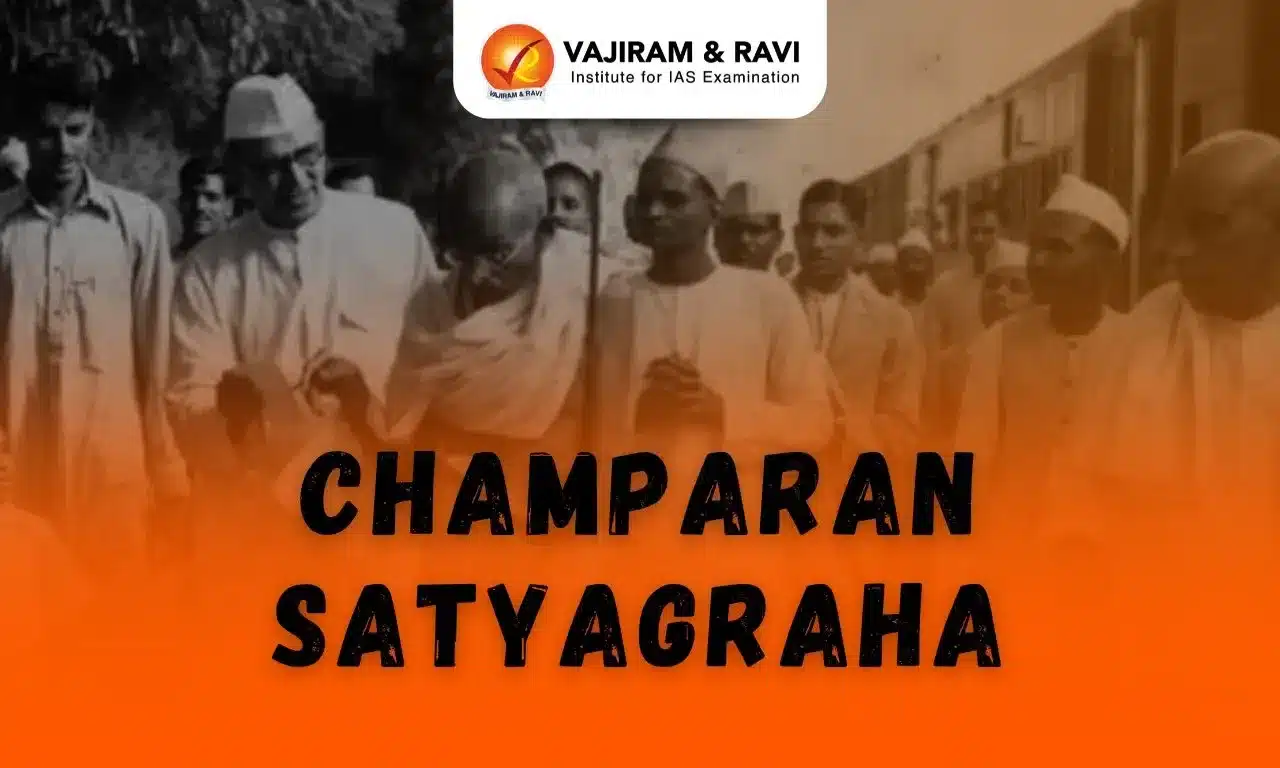Mohenjodaro, meaning “mound of the dead men” in Sindhi, was the largest city of the Indus Valley civilisation in the third and second millennia BC, and it probably functioned as the capital.
Mohenjodaro is situated on the right bank of the Indus River in Larkana District, Sindh Province, Pakistan. Mohenjodaro is included as a UNESCO World Heritage Site. It was the first site in South Asia to be listed as a World Heritage Site in 1980.
Mohenjodaro Overview
Mohenjodaro, the largest city of the Indus Valley Civilization, thrived from 2500 to 1700 BCE, with an estimated population of at least 40,000 people.
- Discovery: in 1922 by R. D. Banerji, an officer of the Archaeological Survey of India.
- Unique features: Well-planned city mostly built with baked bricks; public baths, and an elaborate drainage system bear testimony that it was a metropolis of great importance.
- Decline: The evidence suggests that Mohenjodaro suffered from repeated devastating floods of abnormal depth and duration.

Mohenjodaro Archaeological Findings
- Architecture: Mohenjodaro was divided into two parts: the Citadel and the Lower Town.
- Citadel: It was the city’s administrative centre and housed the important buildings of the city, such as the Great Bath, a college for priests, and the city granary.
- Lower Town: Contains multi-storeyed houses with courtyards, indicating a considerable middle class. Most houses had small bathrooms, and the streets were well-provided with drains and sanitation.
- Unlike many Bronze Age cities, Mohenjodaro wasn’t fortified with a defensive wall; instead, a series of guard towers and fortifications were constructed.
- Political and social life: There is no evidence of big palaces or temples. Based on this, it was assumed that society may be egalitarian and proto-democratic, ruled by a council of elders or a priest-king or governor.
- Stone Art: Sculpture of Bearded Man: believed to be the sculpture of “Priest King”
- He wore a fillet around the head, an armband, and a cloak decorated with trefoil patterns that were originally filled with red pigment.
- Bronze “Dancing Girl” Statue: A woman standing with her right hand on the back of her hip and left hand covered with bangles resting on her left thigh.
- Terracotta: Evidence of vigorous representations of bulls and buffalo and female figurines wearing elaborate headdresses (Mother Goddess) was found.
- Seals: Most of these seals depict animals, human figures, and even deities, along with pictographic inscriptions.
- Pashupati seal: A man sitting in yogic posture with three faces and two horns, surrounded by four animals( elephant, tiger, rhino, and buffalo), and two deer appear at his feet.
- Animals inscribed on these seals are: ‘Unicorn’, oxen, rhinoceroses, tigers, hares, gharials, elephants, antelopes, and buffalos.
- Religion:Shiva-Shakti worship appears to have been part of the religious beliefs of the Harappan people.
- There is evidence of the prevalence of Yoni and Phallic (lingam) worship.
- Trade: Exportedintricately carved pieces of pottery, jewellery, figurines, and other itemsfrom Central Asia to the Middle East.
- Burial methods: Complete burial and post-cremation burial were popular at Mohenjodaro.
- Great Granary: The 50 × 27 m solid brick foundation is divided into 27 square and rectangular blocks by narrow passageways.
- Weights: The largest weight was found at Mohenjodaro weighing 10.865 g.
The Great Bath of Mohenjodaro
The Great Bath, an example of Harappan engineering skill, measured about 14.5 × 7 m with a maximum depth of 2.4 m.
- A wide staircase leads down into the tank from the north and south.
- The floor and walls of the tank were made water-tight using burnt bricks sealed with gypsum mortar.
- A thick layer of bitumen was laid along the sides of the tank and below the floor, making this one of the earliest examples of waterproofing in the world.
- Water was drawn from a large well in an adjacent room, and an outlet from one corner of the bath led to a drain.
- There are side rooms for changing clothes.
- It must have served as a ritual bathing site.

Mohenjodaro Significance
The archaeological ruins at Mohenjodaro comprise the first great urban centre of the Indus civilization, built 5000 years ago with burnt brick structures.
- Engineering Skills: Mohenjodaro represents a fine example of the engineering prowess of the Indus Valley civilization.
- Planned Development: In line with the topography of the region, impressive flooding defence platforms and drainage systems were built to protect themselves from annual floods.
- Adaptation: To increase the shelf life of bricks from salts present in them, they were covered with a layer of mud.
- The remains of walls at a height of 5 metres are a tribute to the strength of the bricks and the brick-laying skills of the Harappans.
- The sanitation system: was far better than that of its contemporaries, like Mesopotamia and Egypt, in terms of both design and accessibility.
- Proto-Democratic Society: There are signs that prove that it was probably governed by an elected committee.
- No signs of warfare or weapons have been found, implying that the Indus natives were peaceful in nature.
- UNESCO Recognition: Mohenjodaro is included in the UNESCO World Heritage Sites. It was inscribed in 1980 as the first site in South Asia to be so designated.
Last updated on April, 2025
→ UPSC Notification 2025 was released on 22nd January 2025.
→ The UPSC Vacancy 2025 were released 1129, out of which 979 were for UPSC CSE and remaining 150 are for UPSC IFoS.
→ UPSC Admit Card 2025 is expected to release in first week of May for CSE Prelims Exam 2025.
→ The UPSC Prelims 2025 is scheduled to be conducted on 25th May 2025 and UPSC Mains 2025 will be conducted on 22nd August 2025.
→ Apply once through it and aspirants can apply for various government exams conducted by UPSC.
→ The UPSC Selection Process is of 3 stages-Prelims, Mains and Interview.
→ UPSC Result 2024 is released with latest UPSC Marksheet 2024. Check Now!
→ UPSC Toppers List 2024 is released now. Shakti Dubey is UPSC AIR 1 2024 Topper.
→ Also check Best IAS Coaching in Delhi
Mohenjodaro FAQs
Q1. Where is Mohenjodaro located?+
Q2. Who discovered Mohenjodaro?+
Q3. What is the significance of Mohenjodaro?+
Tags: mohenjo daro quest















